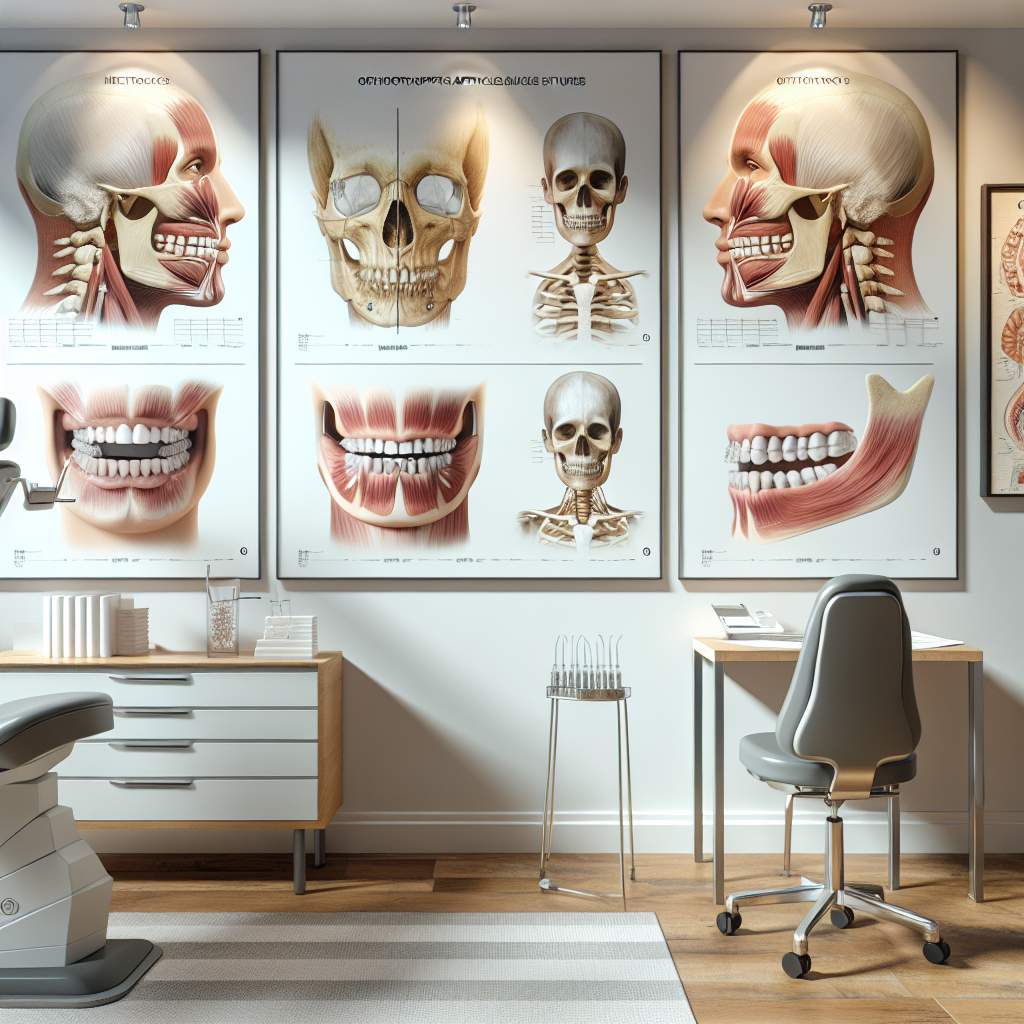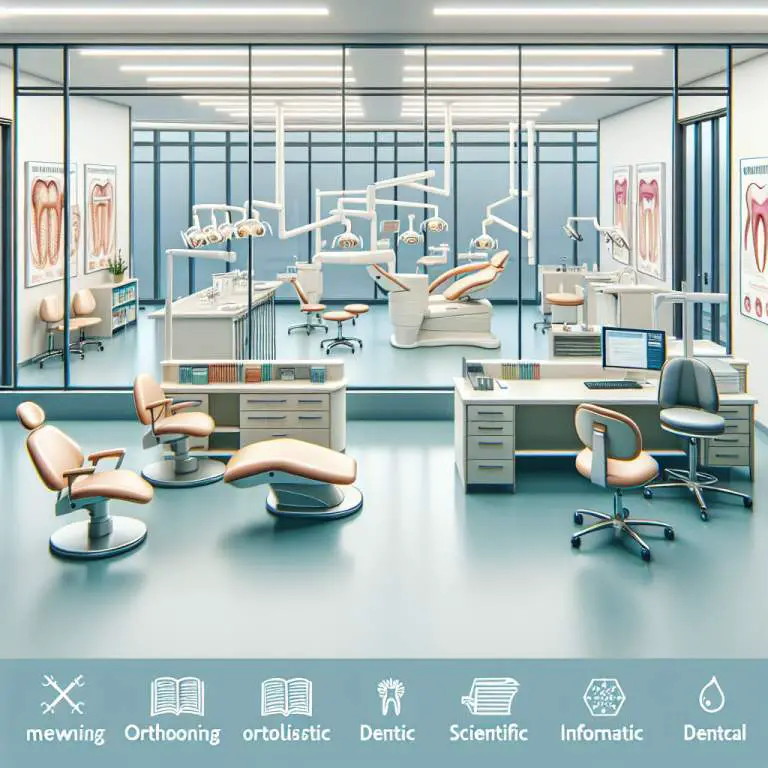How does age affect the scientific efficacy of mewing?
Scientific studies suggest that mewing, or the practice of proper tongue posture, may have varying effects based on age. In younger individuals, whose bones are still growing, mewing might help in shaping the jawline more effectively. However, for those of advanced age, changes can be slower and less pronounced due to the reduced flexibility of facial bones. Yet, benefits such as improved breathing and posture may still be experienced at any age.

How does mewing work to reshape the jawline and facial structure?
Mewing is a technique that involves placing your tongue against the roof of your mouth. This position is supposed to help change the way your jawline and face look over time. People who teach this method say that by doing it, you can make your jaw stronger and more defined.
The idea is that when you keep your tongue in this special spot, it puts gentle pressure on the top part of your mouth. This pressure might help in slowly moving things around in your face. It’s kind of like how braces work for teeth, but this is for your whole face.
What scientific principles support the effectiveness of mewing?
One big science word behind mewing is “neuroplasticity.” This fancy term means our brains and bodies can change based on what we do repeatedly. So, if you keep putting your tongue in a certain place, it might help change how your face looks because you’re training it to sit differently.
Another principle is related to bone remodeling. This means our bones can adjust based on pressures or forces we put on them. Just like working out makes muscles bigger, putting pressure (like from mewing) might help shape the bones in our faces over time.
At what age is mewing most effective, and why?
Mewing works best when people are younger, especially before they become adults. This is because kids and teenagers are still growing. Their bones are changing and moving into their final places.
The reason why younger people see better results is because of something called “growth plates.” These are areas in our bones that haven’t turned hard yet. They’re softer and easier to shape. Since these plates are still active in young folks, their faces can respond better to something like mewing.
How do growth plates in the jaw and face affect the potential for change through mewing?
Growth plates play a huge role when it comes to changing how our faces look with techniques like mewing. These plates are kind of like soft spots in our bones that allow them to grow longer or change shape as we get older.
When someone practices mewing while these growth plates are still open (meaning they haven’t turned into solid bone yet), there’s a better chance for noticeable changes. That’s because these areas can be influenced more easily by pressures or habits we have, including where we place our tongues inside our mouths.
<
| Life Stage | Effectiveness of Mewing | Evidence Level |
|---|---|---|
| Childhood (0-12 years) | Potentially effective in influencing jaw development and alignment. | Moderate, based on developmental biology principles but lacks large-scale clinical trials. |
| Adolescence (13-19 years) | May have some effectiveness in promoting facial structure changes due to ongoing growth. | Moderate, with anecdotal reports and preliminary studies suggesting possible benefits. |
| Young Adult (20-39 years) | Limited effectiveness; minor changes in facial muscle tone may be possible. | Low, with most evidence being anecdotal or from small case studies. |
| Middle Age (40-59 years) | Minimal to no effectiveness in altering bone structure; potential for slight improvements in muscle tone. | Very low, as most skeletal growth plates have fused and significant structural changes are unlikely. |
| Senior (60+ years) | No significant effectiveness expected in terms of structural changes; potential for minimal muscle tone improvement. | Very low, with a lack of scientific studies focusing on this age group regarding mewing practices. |
Can Adults Benefit from Mewing, and What Does the Research Say?
Mewing is not just for kids or teenagers. Adults can also see changes in their facial structure by practicing mewing. The idea is that by correcting your tongue posture, you can influence the shape of your jawline and facial appearance over time.
Research on mewing, especially in adults, is limited. However, some studies suggest that changes in oral posture can impact facial structure even later in life. It’s important to remember that while adults may benefit from mewing, the changes might be more subtle and take longer compared to younger individuals.
Are There Any Risks or Potential Side Effects of Mewing at an Older Age?
Mewing is generally considered safe. But like any practice affecting your body, it comes with potential risks or side effects. For adults especially, incorrect mewing techniques can lead to jaw pain or discomfort.
Another concern is developing too much pressure on the teeth or jaw which could potentially alter bite alignment. It’s crucial for anyone trying mewing to research proper technique and consider consulting with a professional if they experience any discomfort.
What Are Alternative Methods to Improve Facial Structure for Those Beyond Their Growth Years?
For those looking for alternatives to mewing, there are several options available. One popular method is facial exercises or “face yoga,” which aims to strengthen the muscles of the face and neck for a more toned appearance.
Cosmetic procedures are another route many consider. These range from non-invasive treatments like fillers or Botox to surgical options such as chin implants or jawline reshaping. Each option carries its own set of risks and benefits that should be carefully weighed.
Final Thoughts
Mewing offers a natural way to potentially enhance one’s facial structure at any age, but it’s not a quick fix. Patience and consistency are key when practicing this technique.
It’s also important to keep expectations realistic and understand that results can vary greatly from person to person. Whether choosing mewing or exploring other methods, focusing on overall health and well-being will always contribute positively to one’s appearance.






